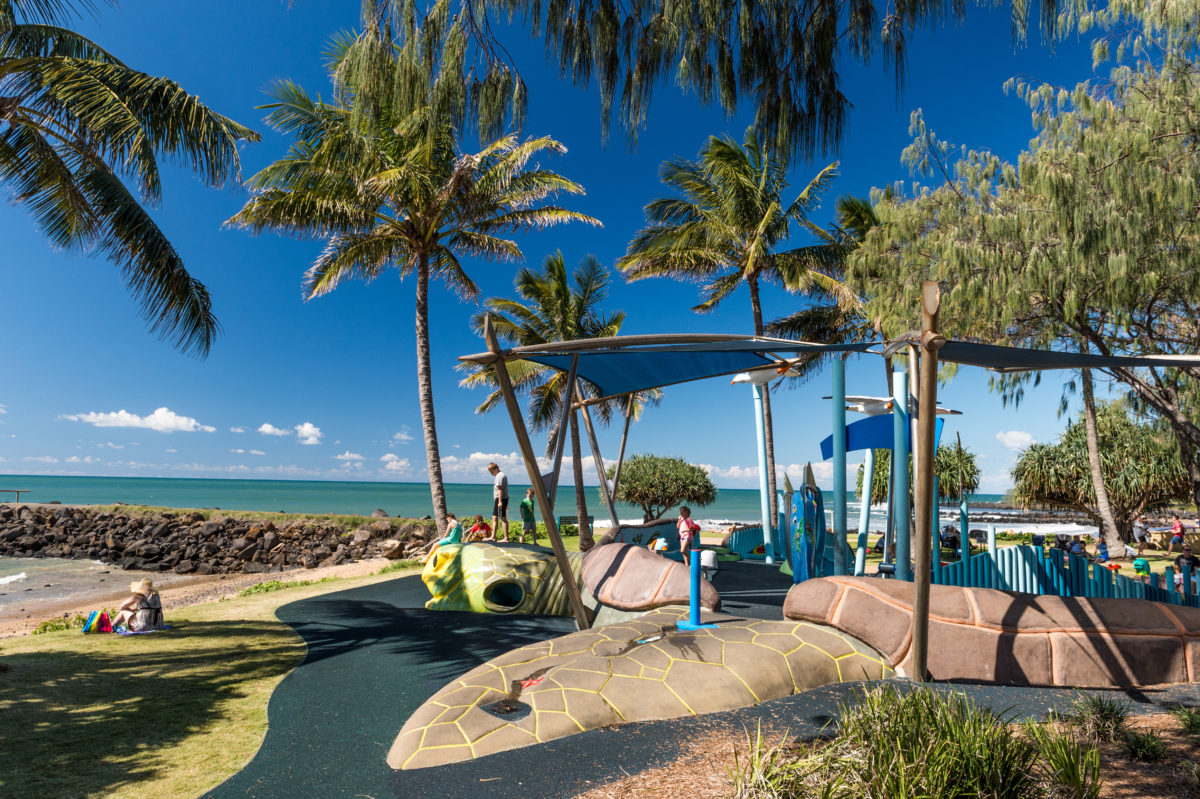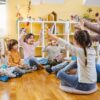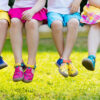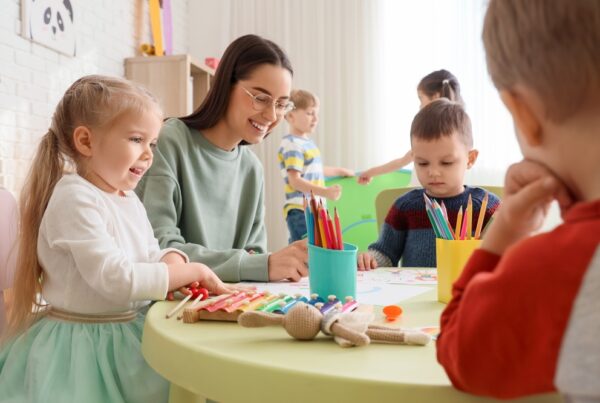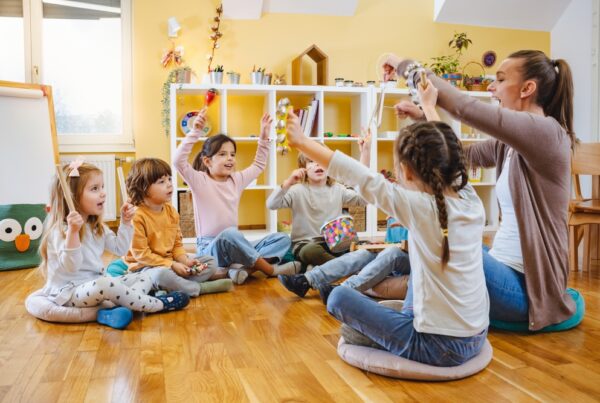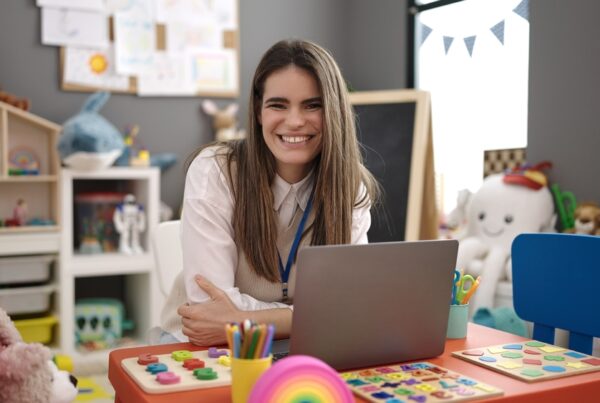Work to remove the soft fall surface material at a popular Bargara playground, east of Bundaberg, has renewed concerns about the safety of the recycled rubber material used nationwide.
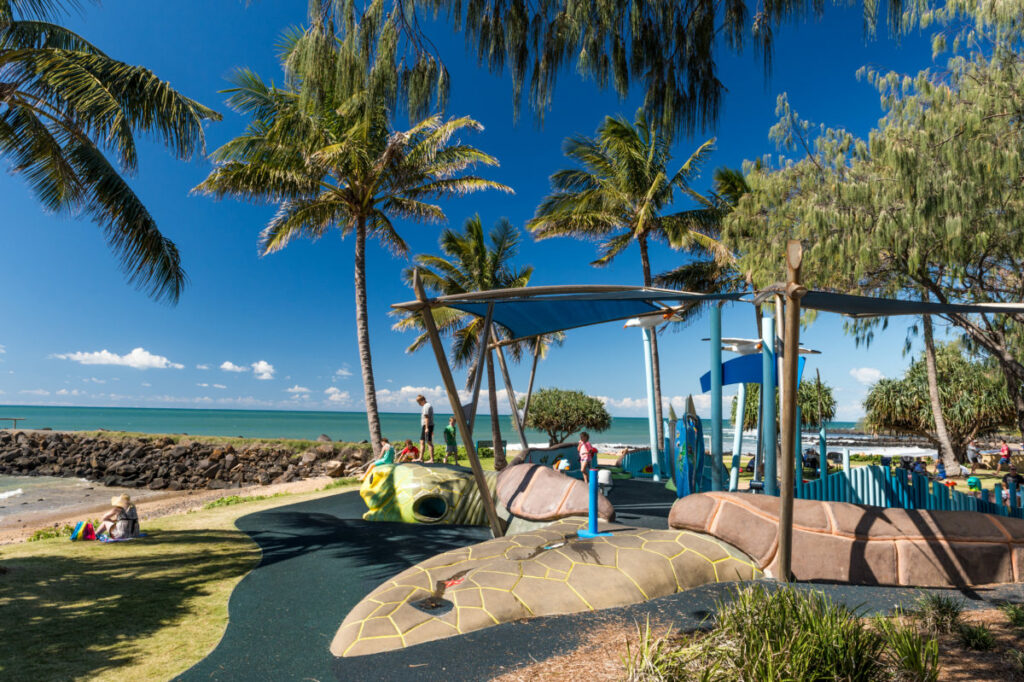
Poured in Place (PIP) playground surfaces have become increasingly popular for children’s play areas. They are bouncy and brightly coloured, oftentimes with playful patterns, and have been touted as a win-win. Children have a soft, moulded rubber surface on which to land and industry has an end-use for old, worn-out car and truck tires.
However, research by the Ecology Centre has shown that the surfaces meant to keep kids safe from falls could be exposing them to heavy metals like lead, manganese and volatile organic compounds like toluene, and polycyclic aromatic hydrocarbons. The chemicals are associated with cancer and other illnesses at certain levels of exposure.
Rubber surfaces have been used in modern children’s playgrounds as an effective and sustainable means of diverting old tyres from landfill. But environmental groups say the plan has backfired spectacularly.
Lead has historically been added during the tyre manufacturing process step called vulcanisation to improve elasticity. Tyres can also pick up lead from lead wheel weights and leaded paint on highway strips. Additionally, tyres are known to contain polycyclic aromatic hydrocarbons (PAHs), a group of chemicals linked to many health concerns.
“Children are more vulnerable to the effects of toxic chemicals because they are developing and their detoxification mechanisms are immature,” said Rachel Massey, senior associate director and policy program manager at Toxics Use Reduction Institute (TURI). “They spend a lot of time on the ground, putting their hands in their mouths, so any surface those kids come into contact with, the children will be exposed to some of that.”
Unfortunately, crumb rubber from shredded tires does not stay attached to the moulded PIP playground surfaces. Particles break off, can stick to the bottoms of children’s shoes, and get in their clothing, hair, and mouths. Dust from the crumb rubber can be inhaled or get on skin and clothes. There is no safe level of lead exposure.
“We identified that rubber crumb from these soft fall playgrounds is escaping as the play area degrades and those little crumbs seep out,” she said. “When it rains, the crumb washes into creeks and stormwater systems and then into rivers and the ocean.”
Researchers have only just begun to examine the effects of crumb rubber on children who play on the surfaces. An independent study that tested lead levels in the soil, sand, mulch or rubber surface materials in 28 playgrounds found the rubber surfaces could have two to three times as much lead as the others. High lead levels were found in soil too, making sand or mulch the safer choices.
Thousands of playgrounds and sports fields around the country have been covered with crumb rubber from recycled tires, and some experts and lawmakers are concerned about possible health effects on children and the Australian waterways.
Researcher Cassandra Rauert has said she is concerned about the effect the rubber crumbs could have on people. “There’s been a recent study which shows that these chemicals are in human urine, which means that we are being exposed, so we’re probably breathing in tiny particles and then these chemicals are getting into our bodies.”
While the federal government has yet to weigh in on whether the material might be bad for the young people playing on it, falling far behind schedule on an expected report, many municipalities searching for new playground surfaces know enough to stay away from tire crumb rubber.
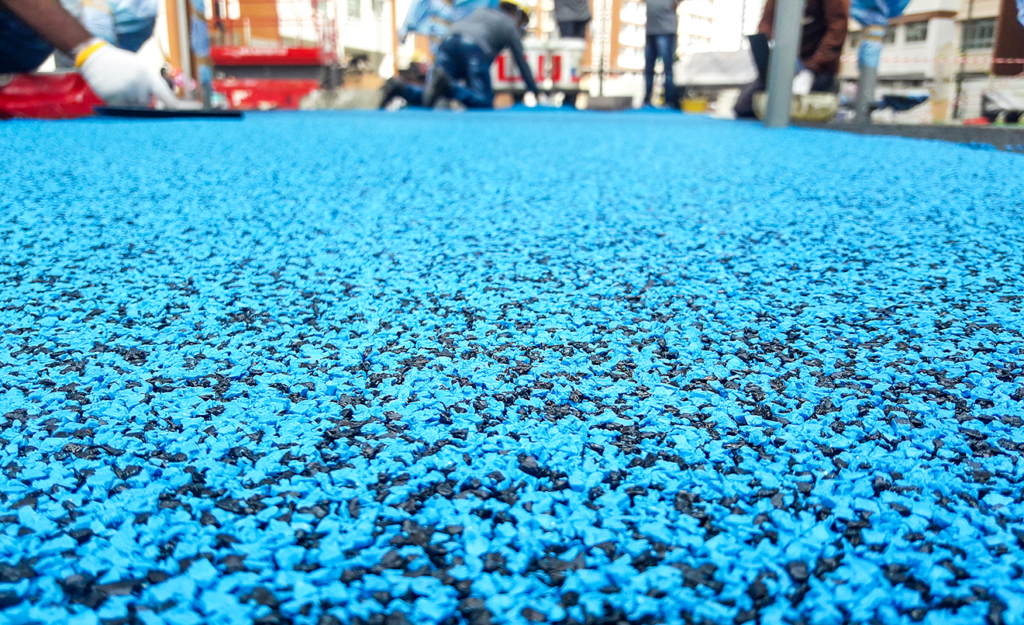
With few answers and many concerns, some communities are banning the crumb rubber infill while others are converting their grass fields in the hopes of limiting injuries and reducing maintenance costs.
The Institute of Scrap Recycling Industries – which represents companies that supply the crumb rubber – argues the materials are “not linked to human health risks,” according to “more than 100 technical reports and studies.”
“Recycling rubber keeps tires out of landfills while making playgrounds safer and sports fields more durable for communities,” the group said.
Advice for parents on playgrounds
While local officials making decisions about their playing surfaces are on their own, the commission advises parents that children on the fields or playgrounds should avoid mouth contact with the surfacing materials, avoid eating and drinking on them, limit play on hot days and wash hands and toys.
Communities, parents, and state and local officials are encouraged to review the research results available to date, so that they can make informed decisions for themselves.
